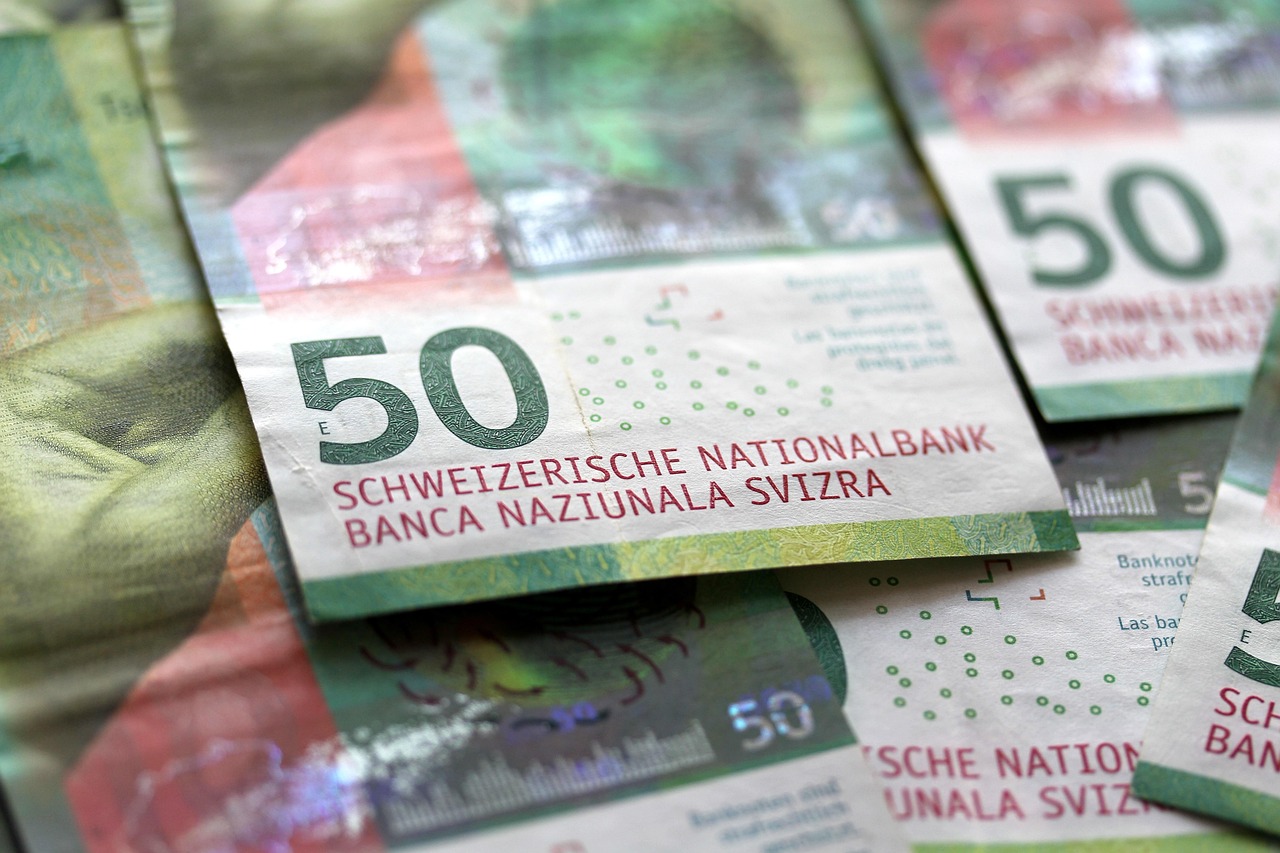
In an era where social media platforms shape market perceptions and influence trading decisions, Interactive Brokers’ (IBKR) Social Chart feature emerges as a valuable tool for traders. Designed to integrate social sentiment with technical analysis, this feature assists traders in making informed decisions based on real-time data. This article delves into the intricacies of IBKR’s Social Chart, offering a comprehensive comparison with similar tools and providing a global context for its application.
The Social Chart feature by IBKR is particularly significant in today’s trading landscape, where social media platforms like Twitter and Reddit have become pivotal in shaping market trends. This tool aggregates social media sentiment and overlays it on traditional stock charts, offering traders a nuanced view of market movements. By integrating social sentiment, traders can better predict potential market shifts driven by collective public opinion.
Features and Functionalities
IBKR’s Social Chart is equipped with a range of features designed to enhance the trading experience. Key functionalities include:
- Sentiment Analysis: The tool employs advanced algorithms to gauge public sentiment from various social media platforms, quantifying it into a sentiment score.
- Real-Time Data Integration: Sentiment data is updated in real-time, providing traders with up-to-date insights.
- Customizable Charts: Users can customize charts to display specific data points, allowing for personalized analysis.
- Comparative Analysis: The platform enables traders to compare sentiment data against historical price movements, aiding in strategic decision-making.
Comparative Analysis with Other Platforms
While IBKR’s Social Chart is a robust tool, several other platforms offer similar features. Here is a comparison with some notable counterparts:
- TradingView: Known for its extensive charting tools, TradingView also incorporates social sentiment indicators. However, it primarily relies on user-generated content, which can vary in accuracy.
- StockTwits: As a social network for investors and traders, StockTwits provides sentiment analysis but lacks the deep integration with technical charting that IBKR offers.
- Thinkorswim (by TD Ameritrade): This platform offers social sentiment tracking, but IBKR’s real-time integration and customizable options provide a more flexible user experience.
Global Context and Relevance
The integration of social sentiment into trading platforms like IBKR’s Social Chart reflects a broader trend in the financial industry towards embracing big data analytics and artificial intelligence. As global markets become increasingly interconnected, the ability to interpret social sentiment provides a competitive edge. Traders worldwide are recognizing the importance of factoring in public opinion, especially in volatile markets where news-driven events can lead to rapid price fluctuations.
Moreover, the rise of retail investors, empowered by social media platforms, has democratized market participation. Tools like IBKR’s Social Chart enable these investors to compete with institutional traders by providing access to sophisticated analytical capabilities that were once exclusive to professional trading desks.
Conclusion
IBKR’s Social Chart represents a significant advancement in the integration of social media sentiment with traditional financial analysis. As traders navigate the complexities of global markets, the ability to synthesize social data with technical indicators offers a comprehensive approach to understanding market dynamics. While other platforms provide similar functionalities, IBKR’s real-time data integration and customizable features set it apart, making it a valuable tool for tech-literate professionals seeking to leverage social sentiment in their trading strategies.
As the financial landscape continues to evolve, tools like the IBKR Social Chart will play an increasingly important role in shaping how traders interpret market data. By bridging the gap between social media and financial markets, these tools empower traders to make more informed, data-driven decisions.
















